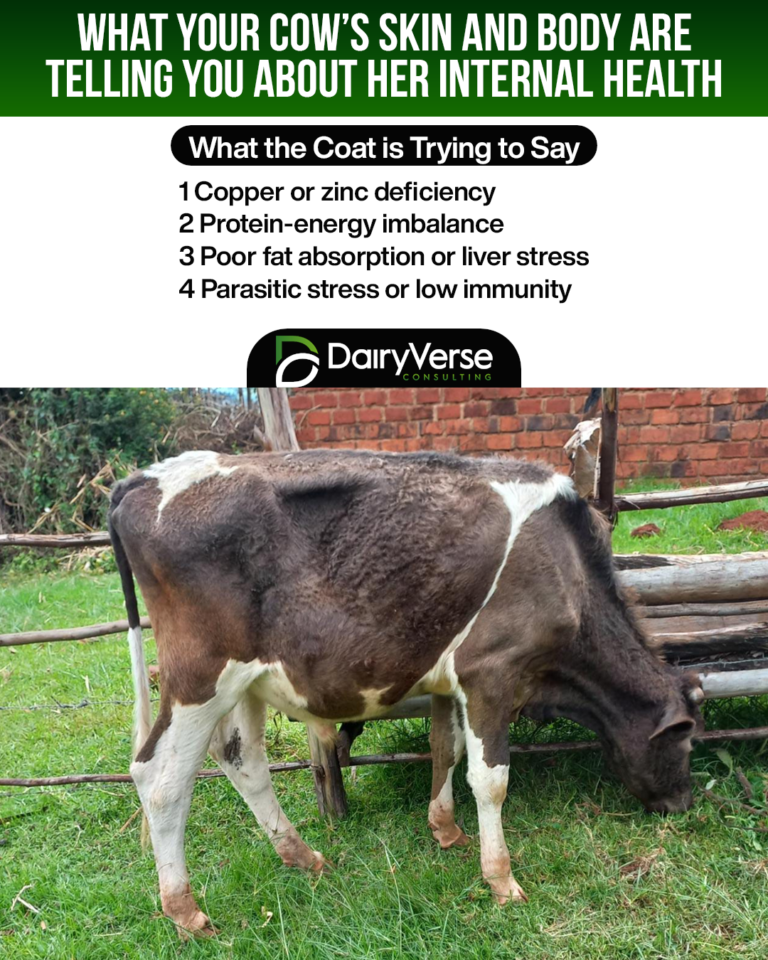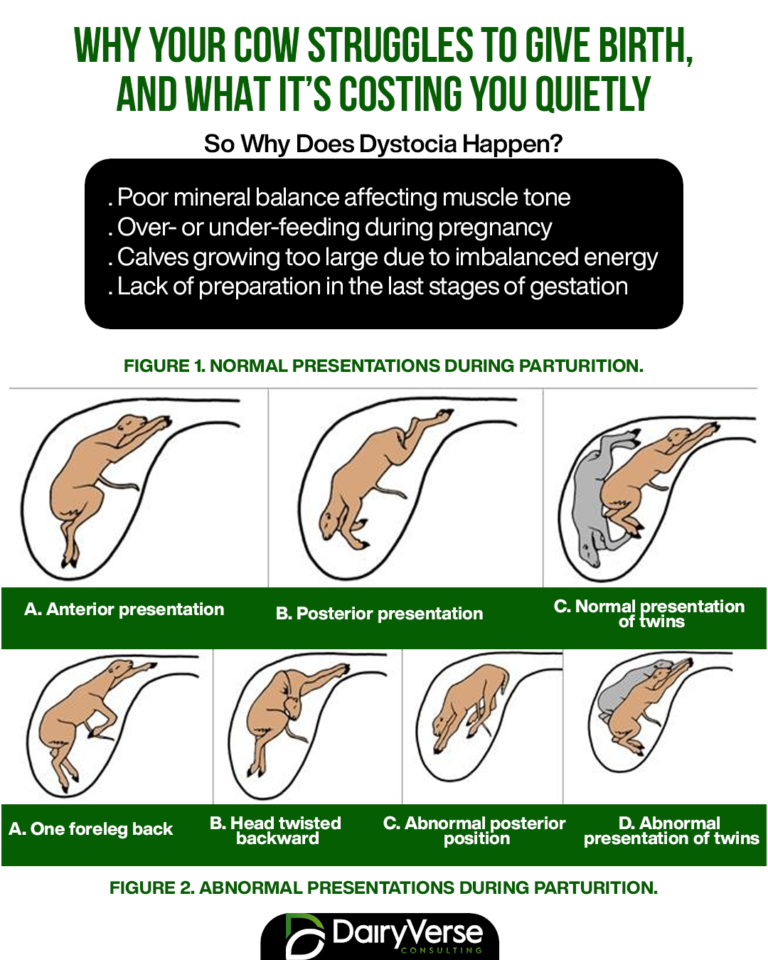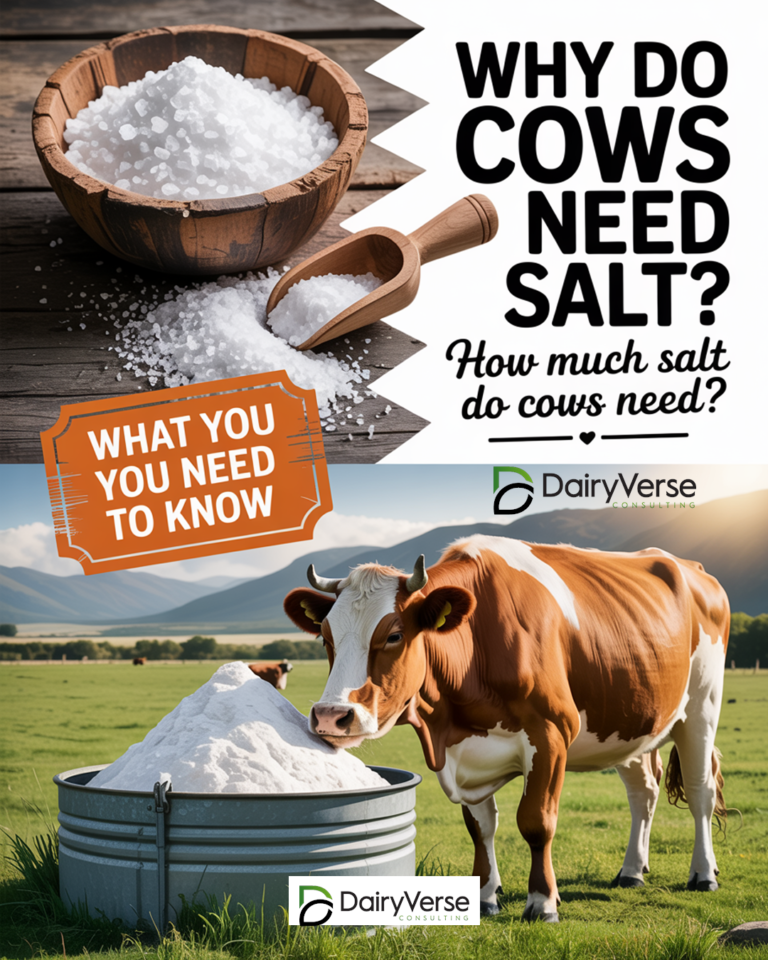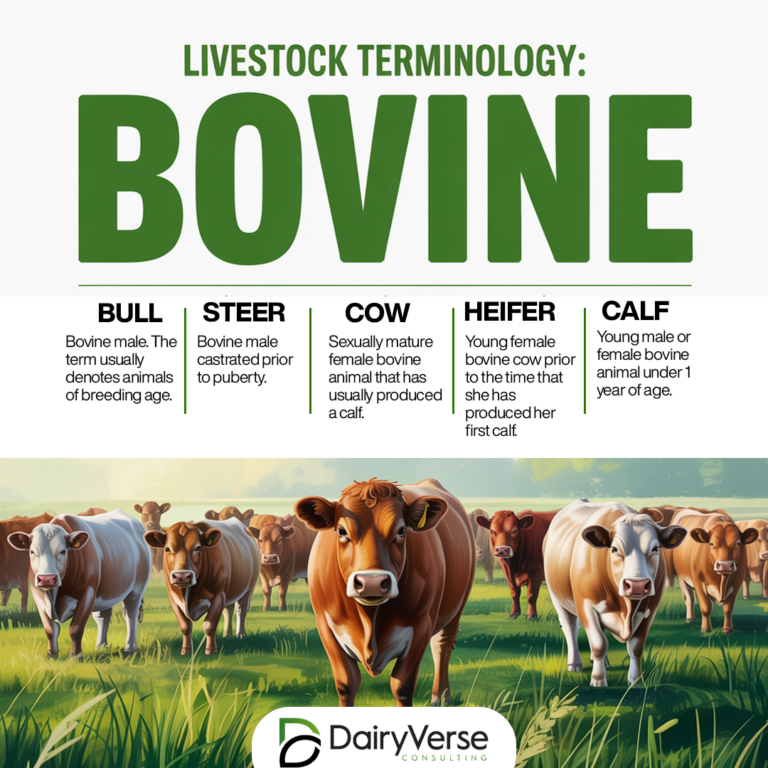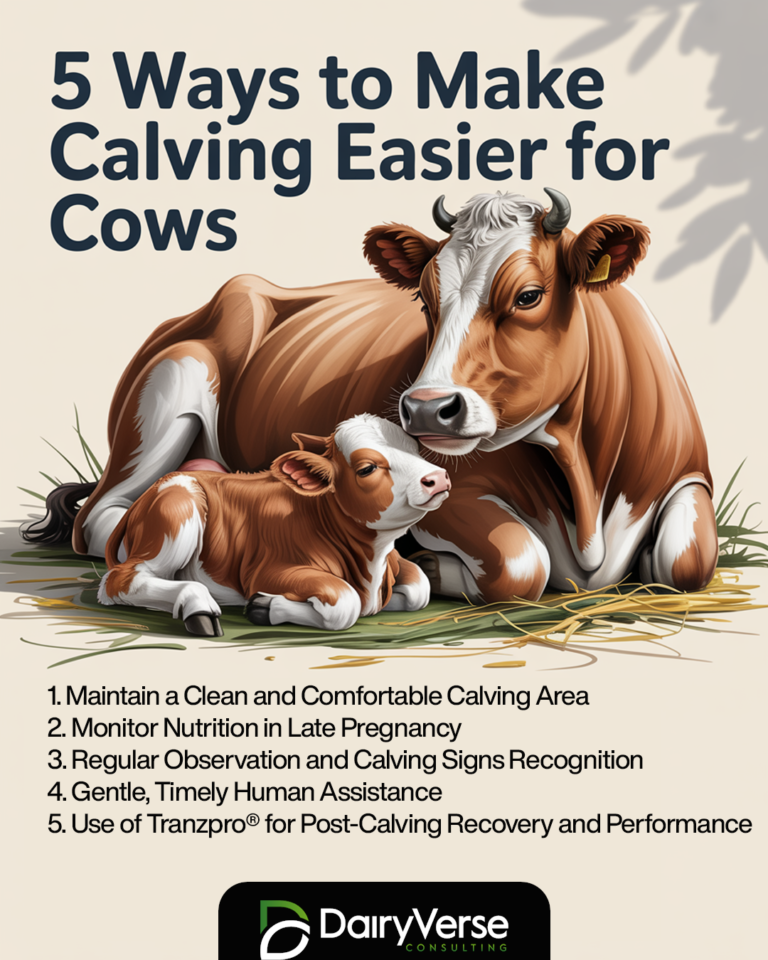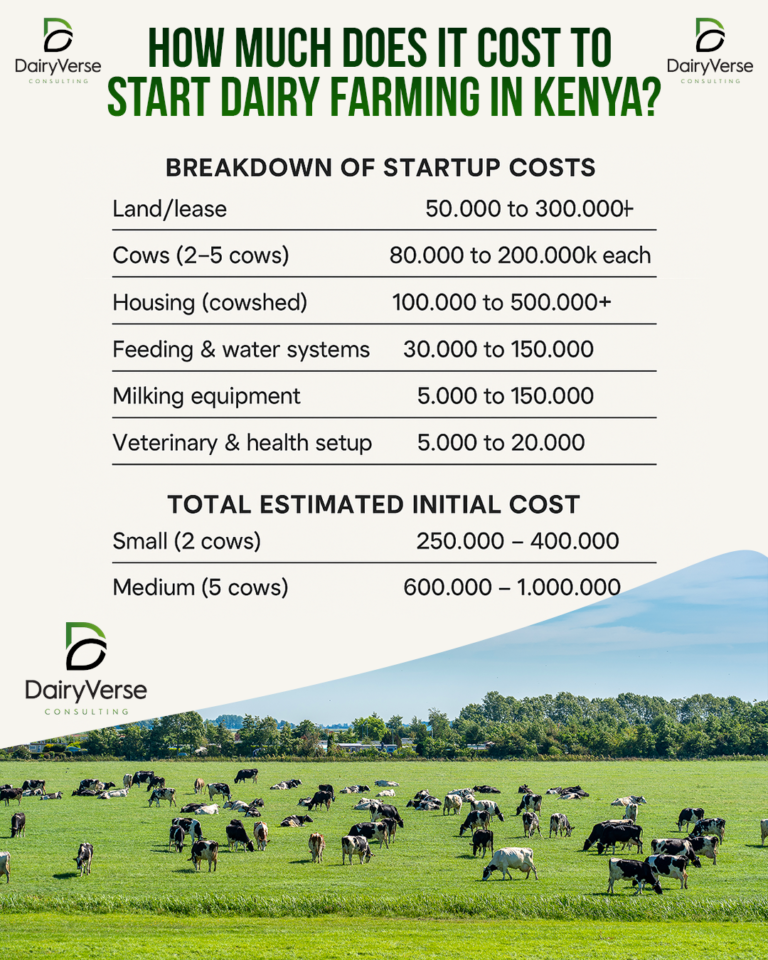What a Cow’s Coat and Body Condition Reveal About Her Health
As livestock farmers, we often focus on what we can measure, milk litres, feed amounts, conception rates. But sometimes, the most accurate health indicators are right in front of us, quietly telling a deeper story.

